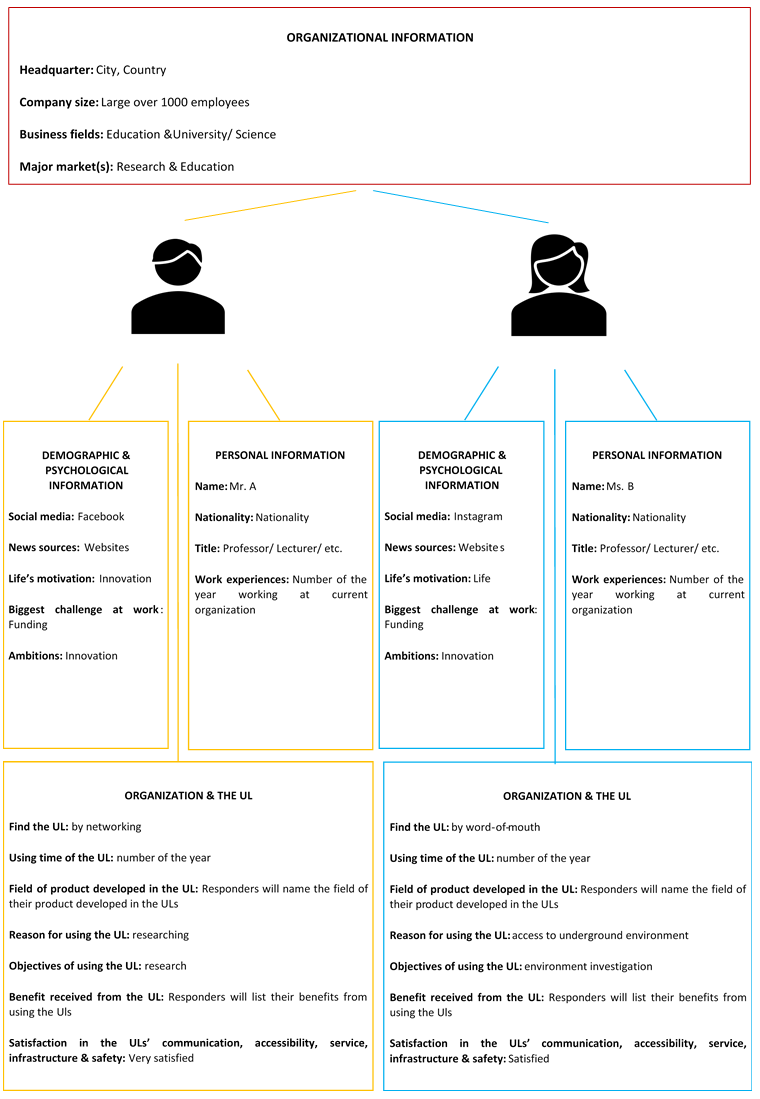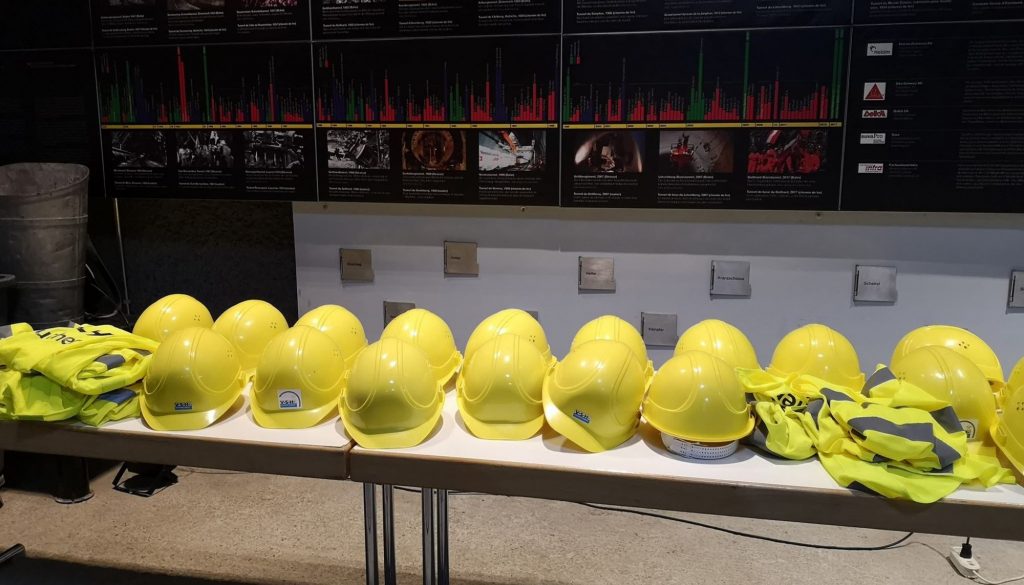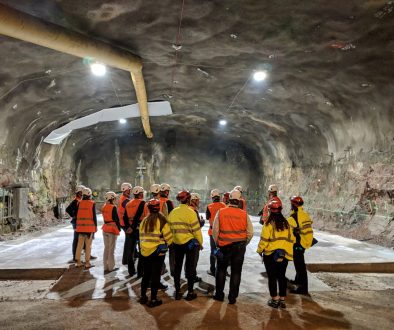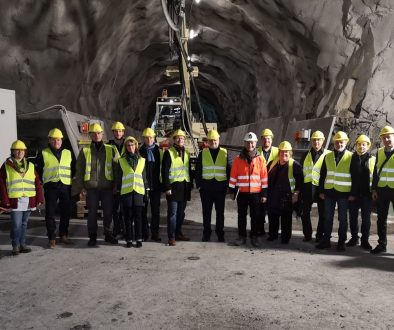Building organizational customer profiles for Baltic Sea Underground Innovation Network
Students Anh Luu and Mai Vo from Oulu University of Applied Sciences (Degree Programme in International Business) have completed their Bachelor´s thesis: “Building organizational customer profiles for Baltic sea underground innovation network (BSUIN) project – a part of Service design”. Thesis results could be later used in designing services for the BSUIN network.
The objective of the thesis was to build business-to-business (b2b) customer profiles of underground labs (Uls). These profiles could be later used in designing services for the BSUIN network. The research questions of the thesis were:
- How to profile a b2b customer?
- Which features are needed to build a customer profile to assist the service design process?
- Why would the customers choose the underground facilities?
Literature on service design, customer profile and b2b marketing was reviewed. A survey of six customers of two underground labs using a questionnaire was done. Data was analyzed qualitatively. Two customer profiles were provided as models for profiling the UL customer.
Creating a customer profile is the very first step in the service design process. What is a customer profile, buyer profile and buyer persona? To understand these concepts in b2b contexts and organizational buying behavior is challenging compared to b2c contexts. B2B markets often have a higher level of potential risk. Hence, decision making takes much longer and involves more participants. In b2b markets, purchasing is fundamentally a group activity, with the structure and size of the group changing according to the significance of the item being purchased. Relationships are vital for organizations to be successful in business. “Collaboration and partnership over the development, supply, and support of products and services is considered a core element of b2b marketing”.
How to profile a b2b customer?
“Features about demographic and psychographic data need to be found out. Demographic data can be general information about the company, such as industry, company size, location, etc., or about the client, such as position in the company, working time in the company, etc. This kind of data is a basic feature for any customer profile and can be found and categorized easily. However, behind every purchase from a company is a person in charge; therefore, to truly know a customer, psychographic information about that person should be collected.“ – Mai and Anh wrote in the thesis. They suggest a model for a customer profile, buyer profile and buyer persona of an UL :

Why customers chose to use the ULs instead of the surface ones?
Customers were also asked why they chose to use the ULs instead of the surface ones. They answered:
“Access to samples from the deep biosphere.”
“To conduct a field test in an underground mine.”
“Access to hard rock environment.”
In particular, companies emphasized the long experience working with the Uls, and the willingness and helpfulness of existing contacts at the ULs to support their business.
The main benefits of using services of the ULs are e. g. having access to a realistic environment, which has the conditions that are typical of the ULs such as right temperature, moisture, water conditions, etc. Besides, the ULs provide these customers places to do the field tests and help them in achieving more accurate, good and innovative research.
Additionally, business customers need the ULs because they want to develop or test their new products to produce a durable, reliable and accurate equipment that is compatible with the underground environment. The most common reason is the unique underground environment that the labs have to test the products or conduct their research. The relationship between the ULs and the organization also plays an important role in their choice.
How satisfied are the customers at the Uls?
In general, the customers are quite satisfied with the Uls. Though they have some recommendations for improvements, e.g. “More information on the website about how to plan a project in the ULs. For example: a guide – what needs to be done, which permissions are needed, what services are available, what are the costs, expectations on customers/users, etc.” See more in the thesis.
The students want to thank especially Andrus Paat, Jari Joutsenvaara and Marcus Laaksoharju for their kind support during this thesis process.
Please find here a link to a Bachelor’s thesis of Mai Vo and Anh Luu:
https://www.theseus.fi/handle/10024/239342




